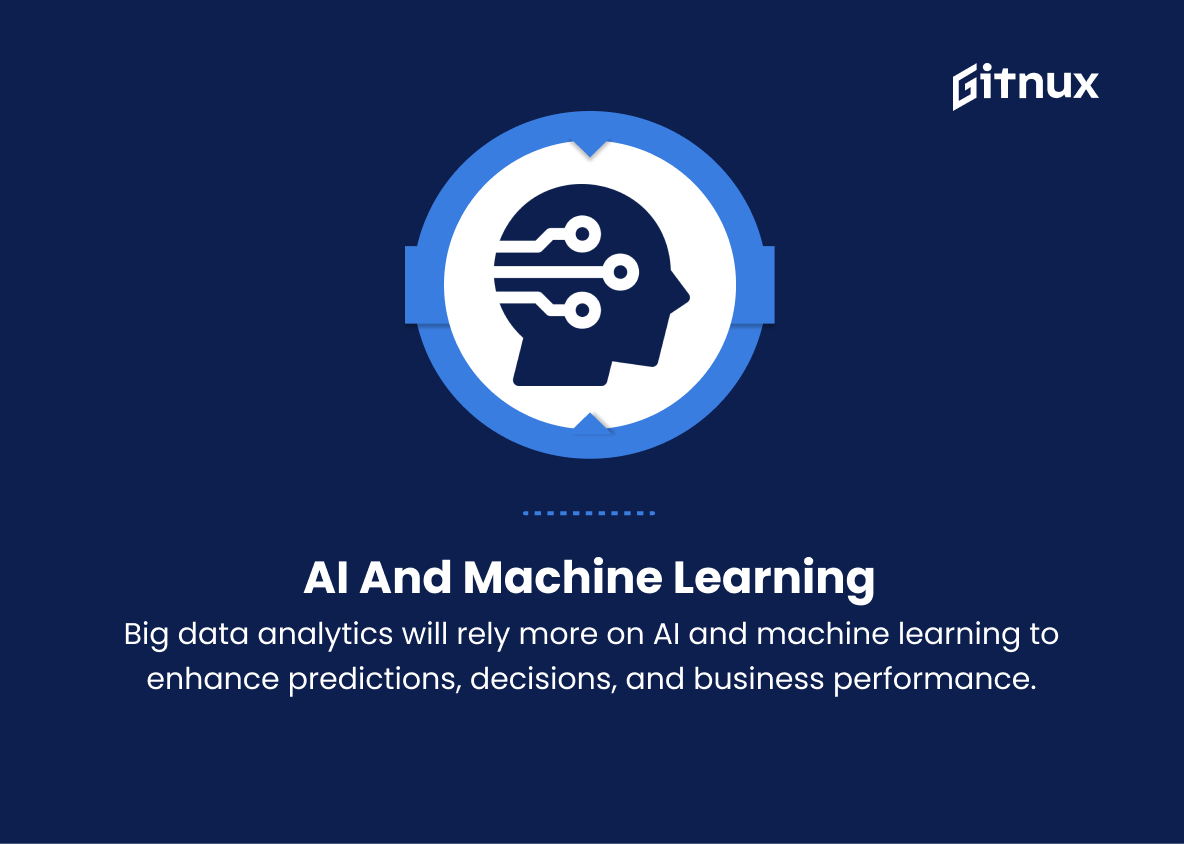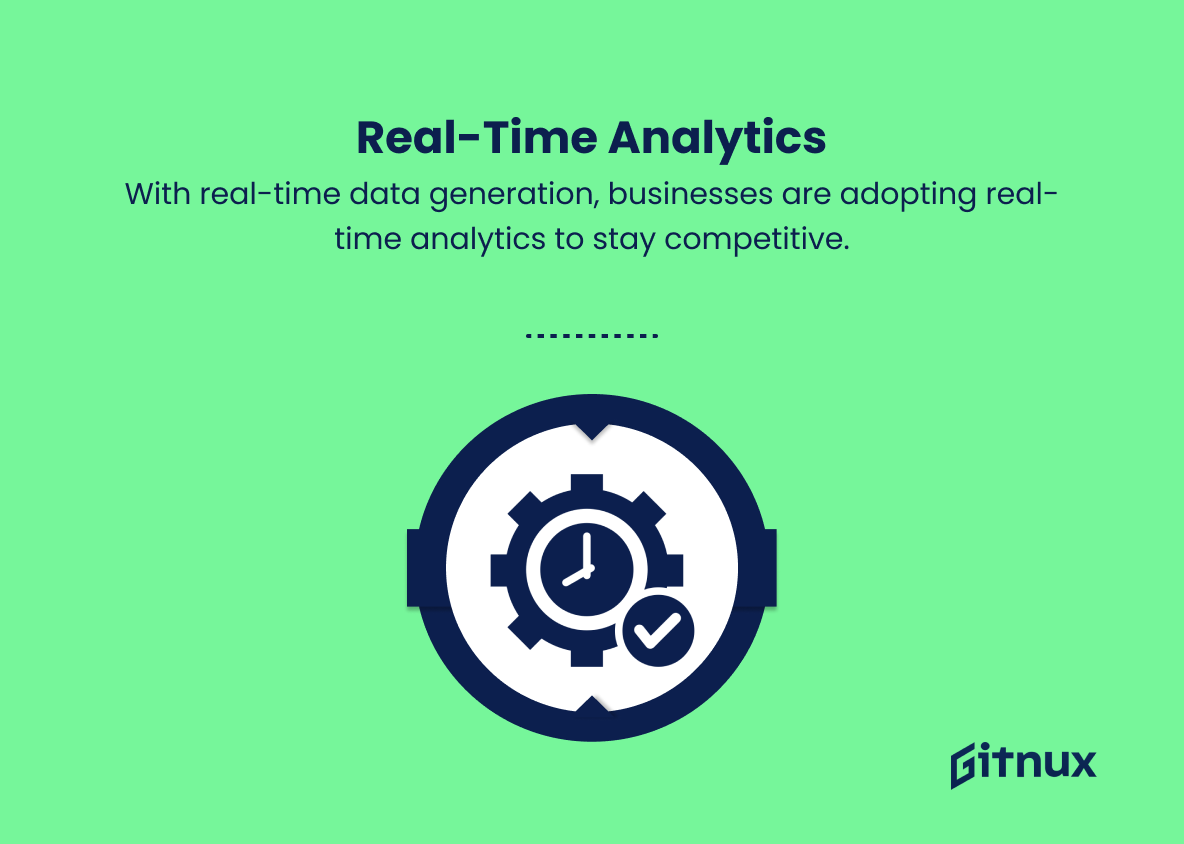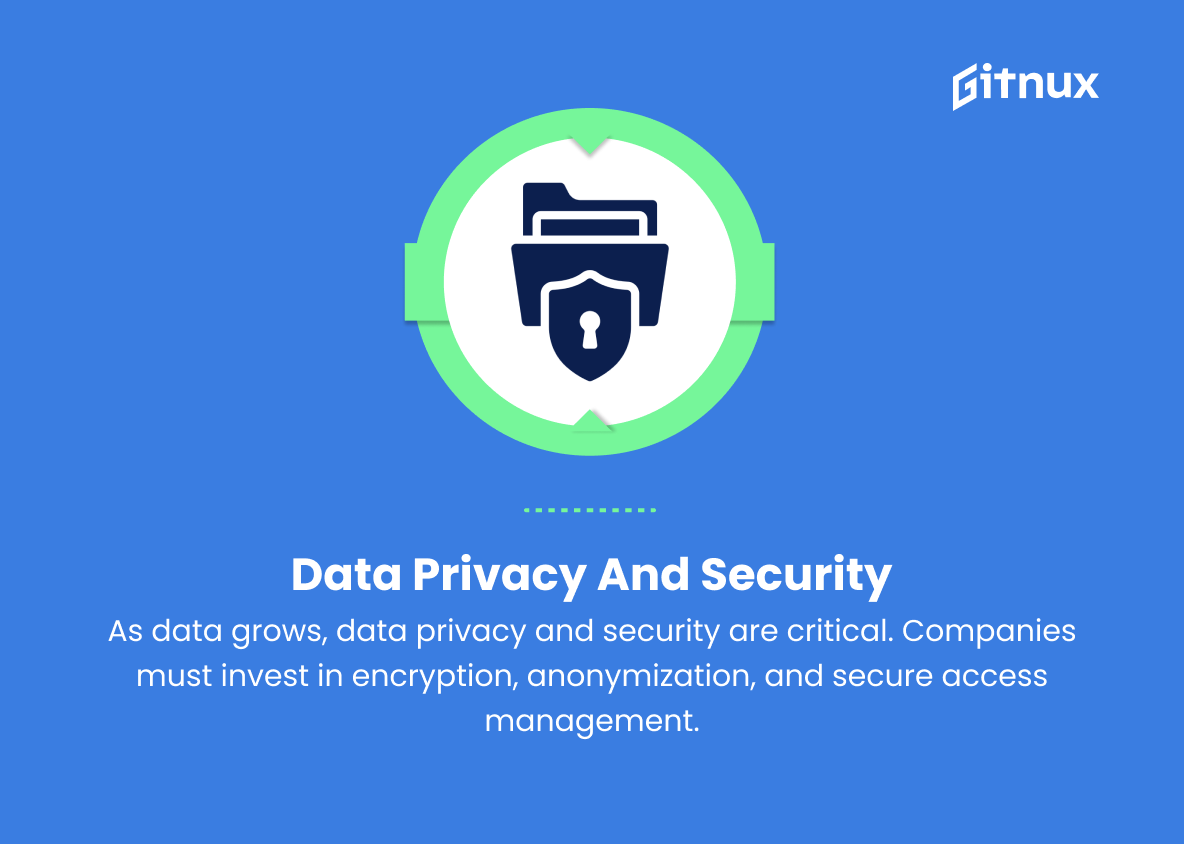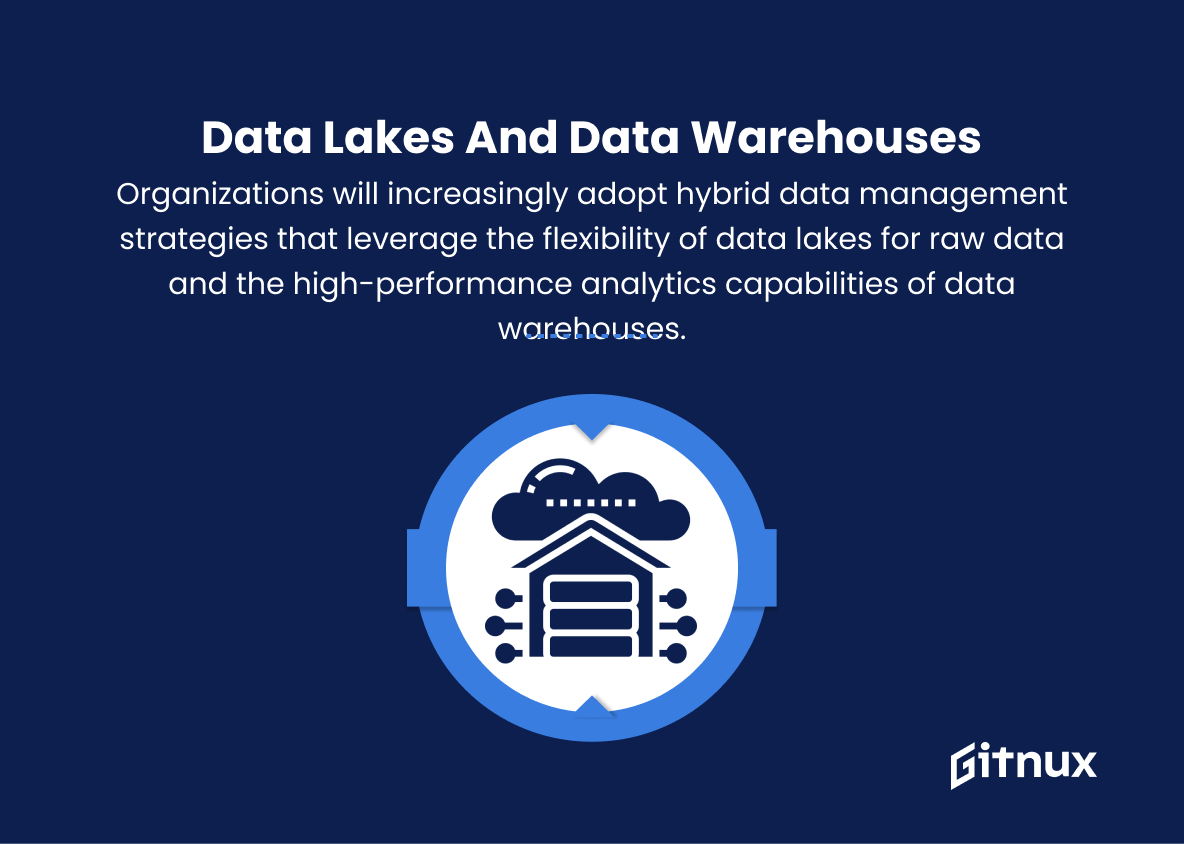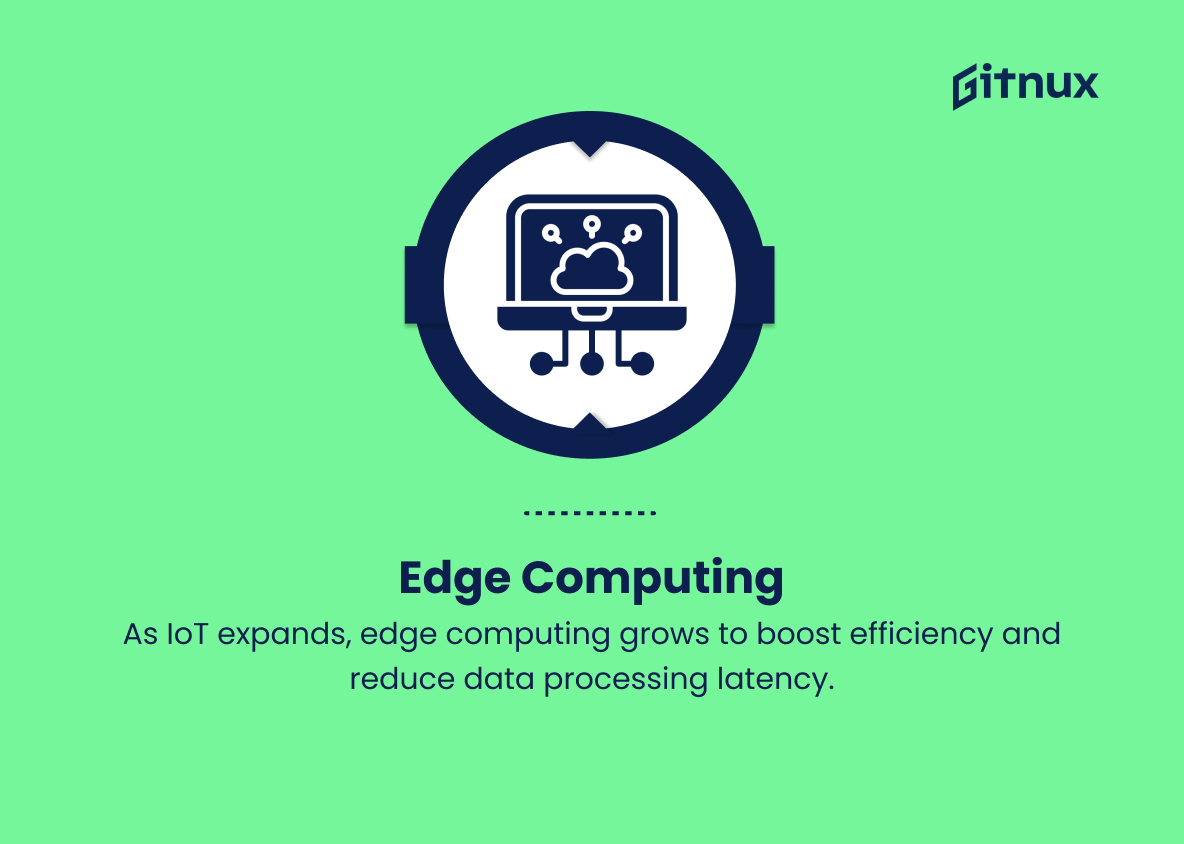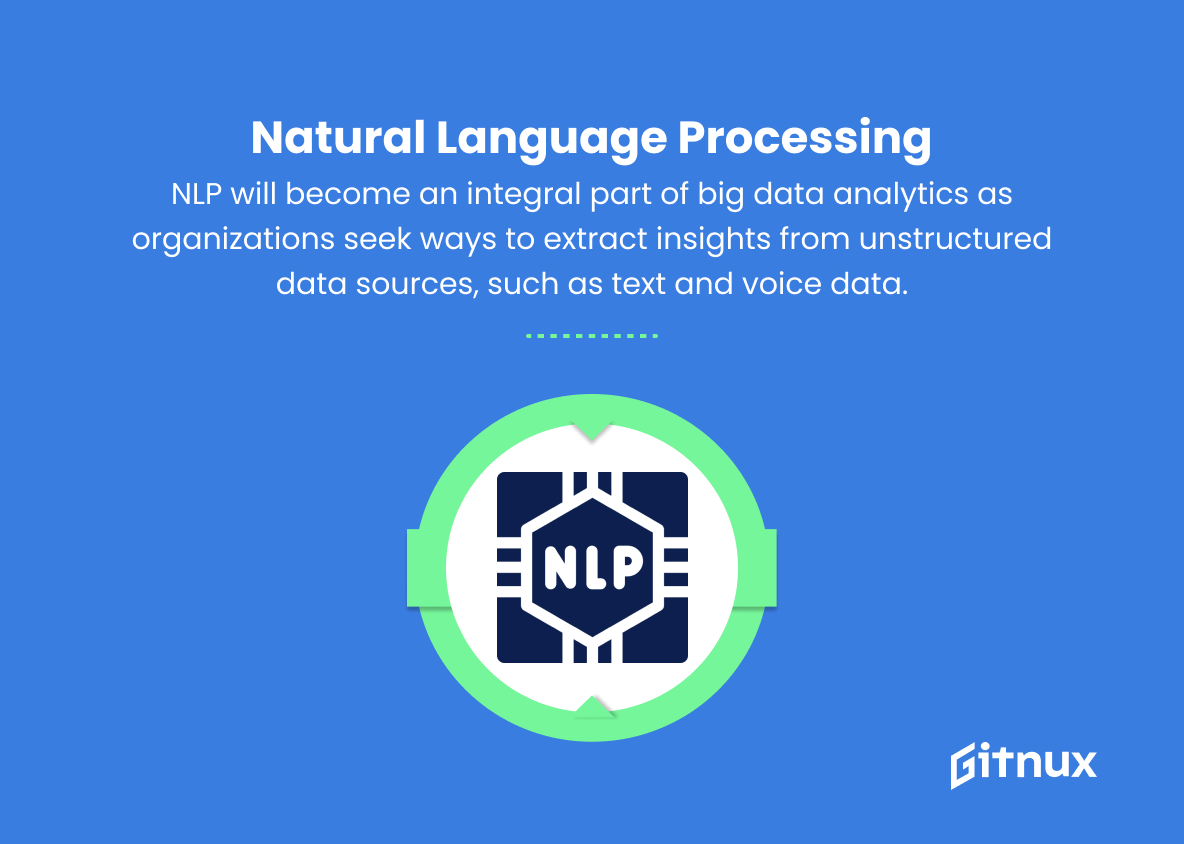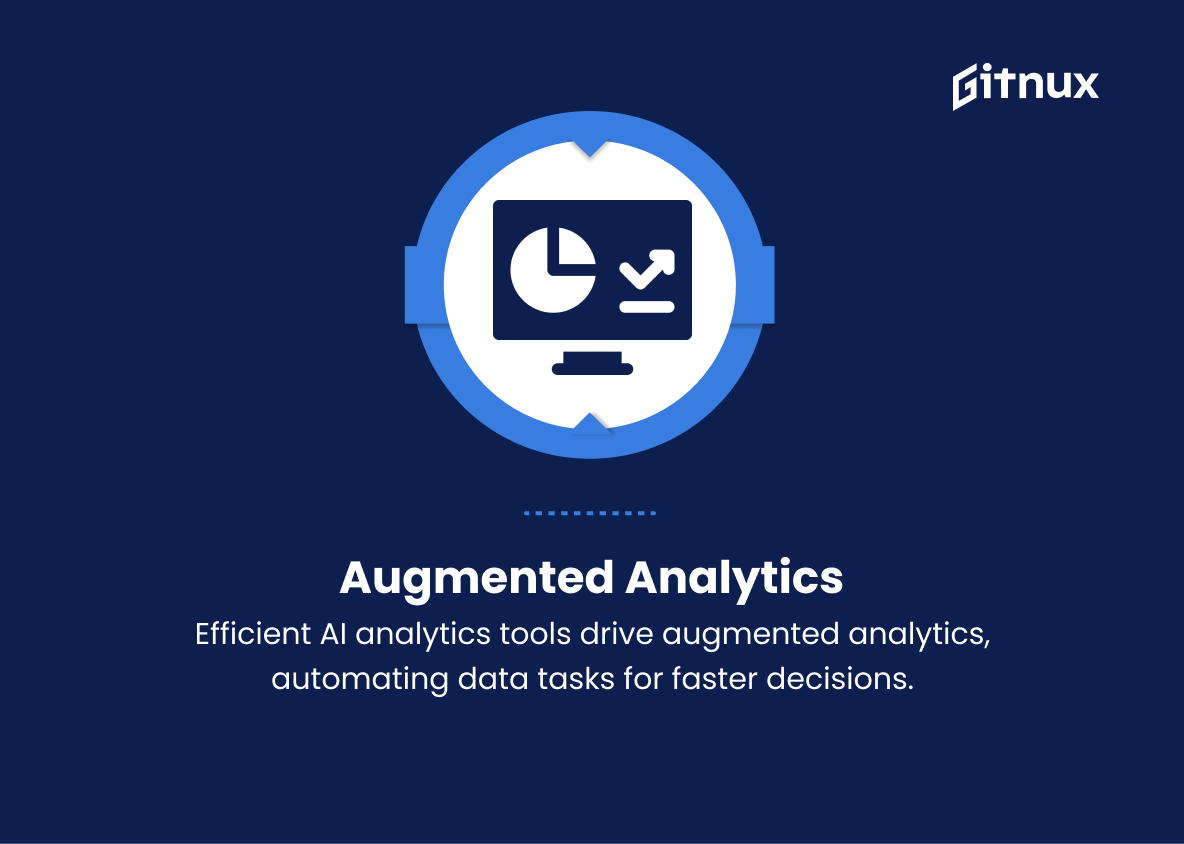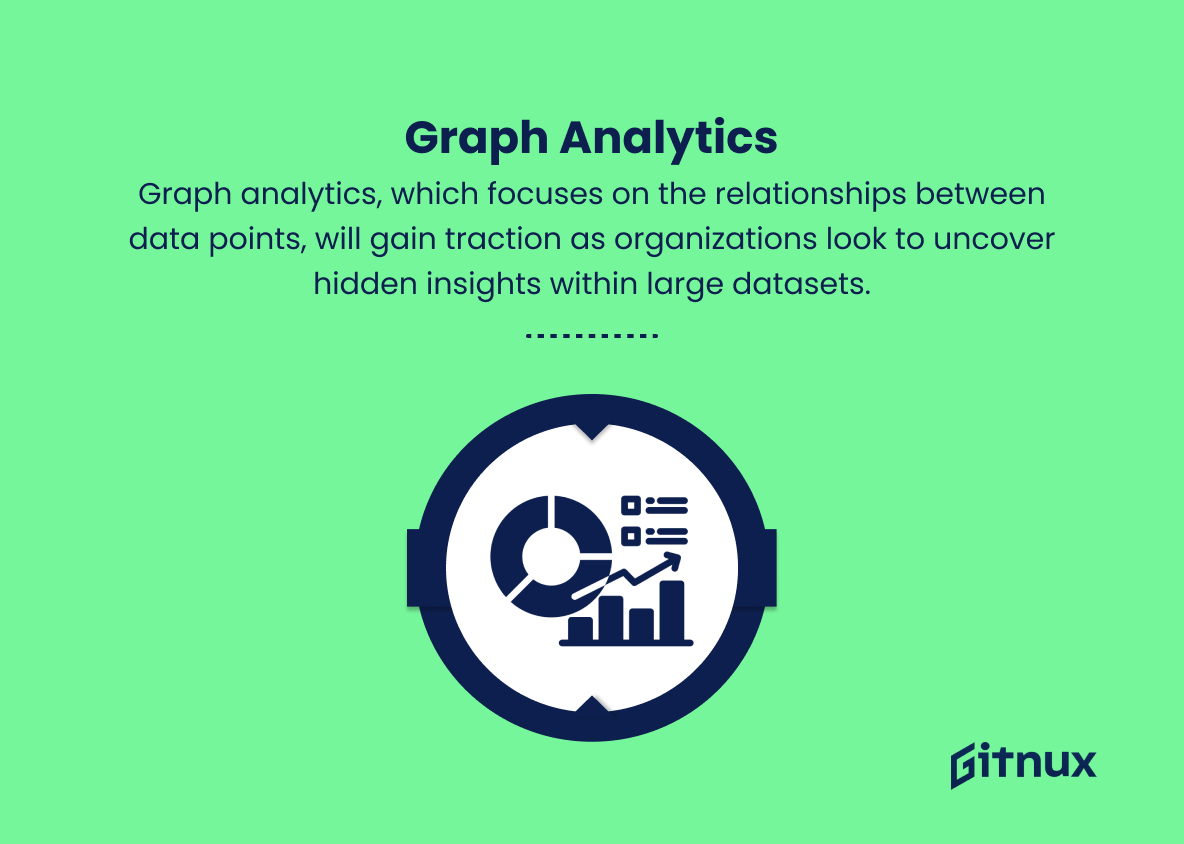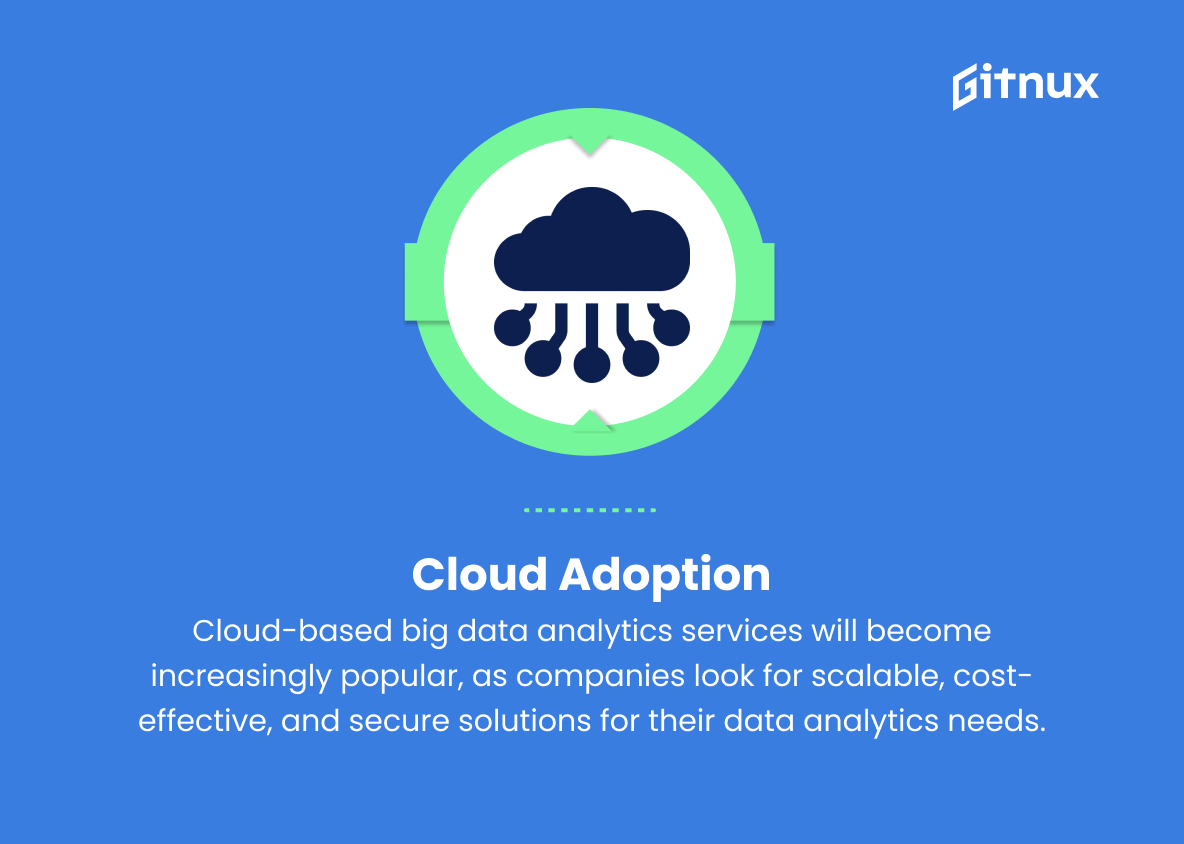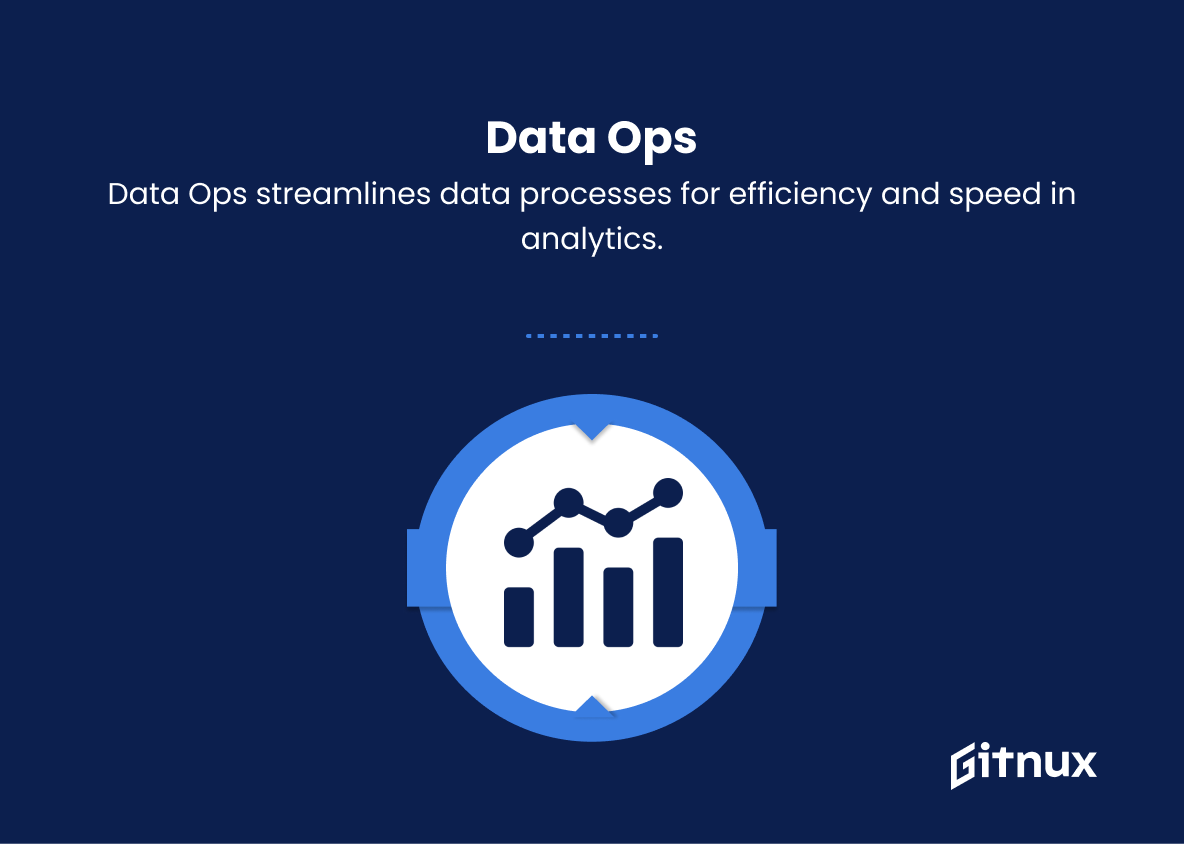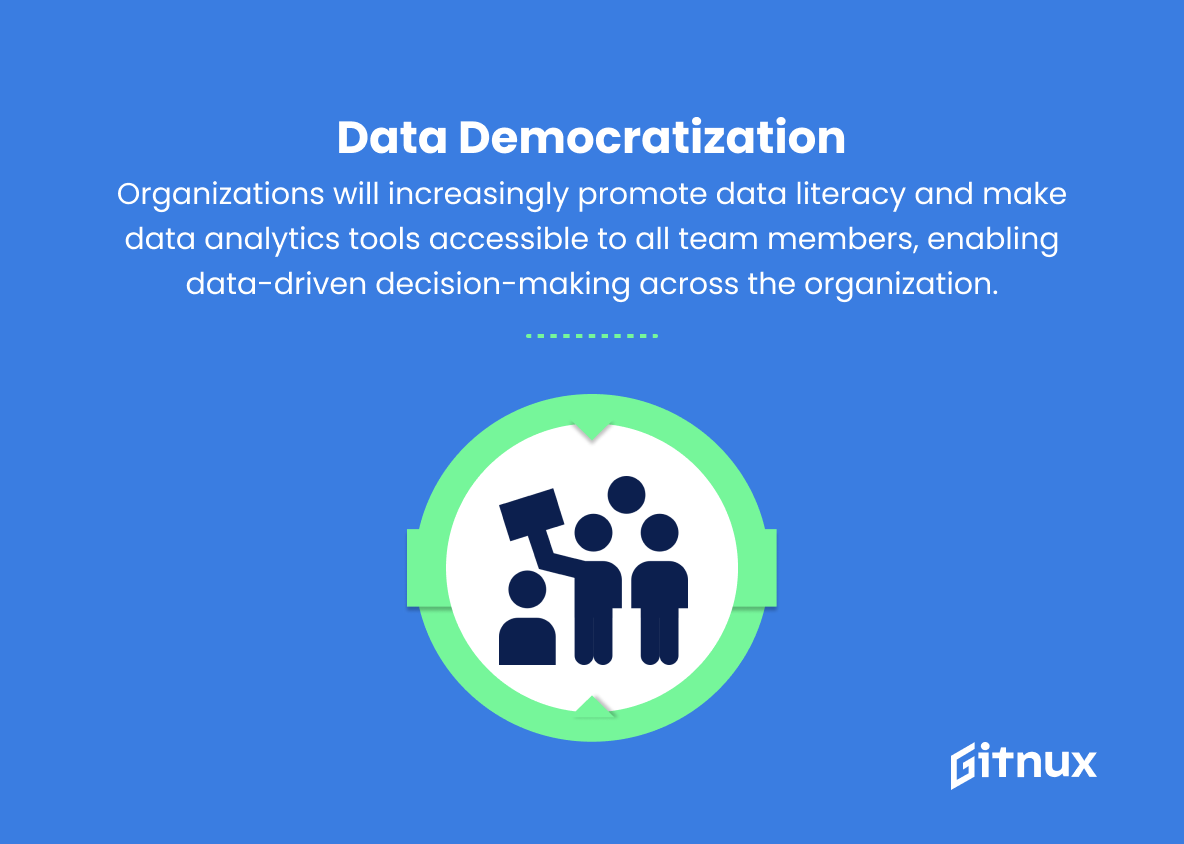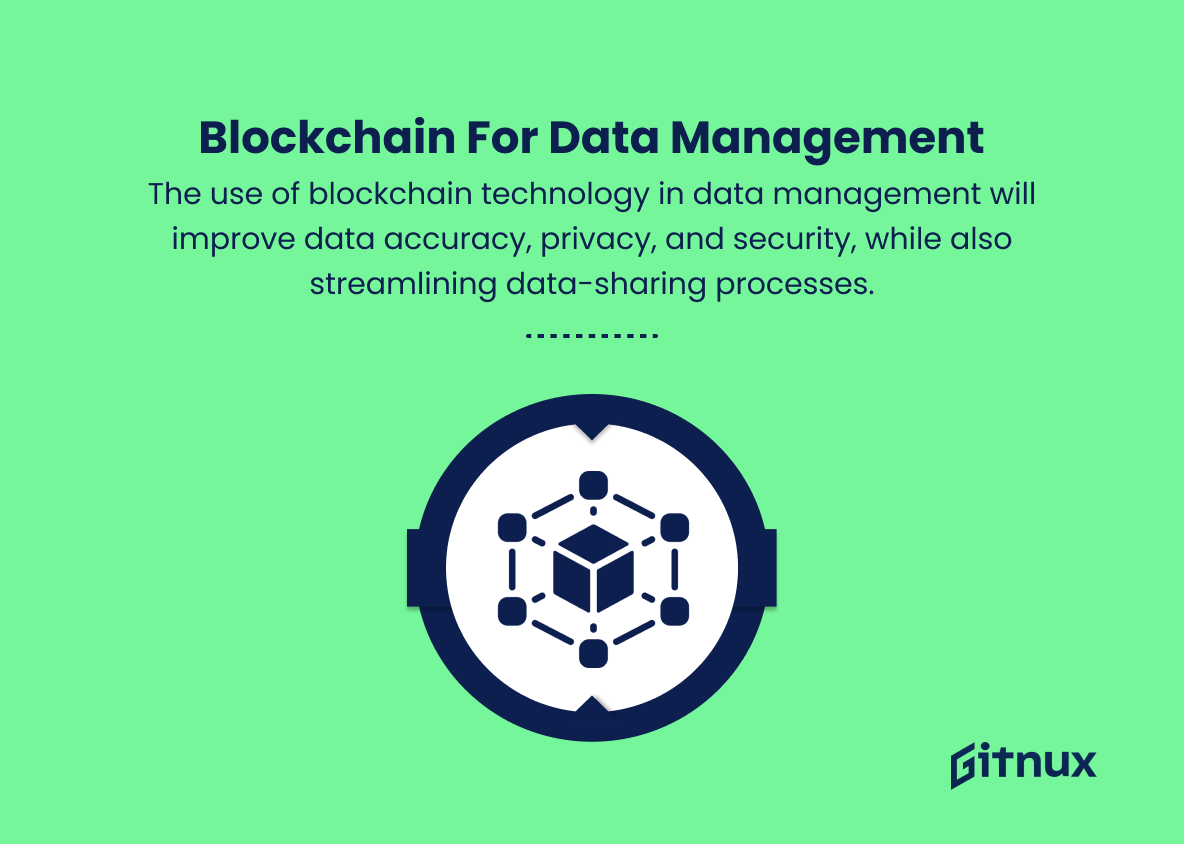In the rapidly-evolving digital landscape, Big Data has become an invaluable asset to organizations seeking to stay ahead of the curve. As the volume of data generated and collected continues to grow exponentially, it has become increasingly critical to harness this wealth of information effectively. Big Data analytics offers powerful insights and helps businesses make informed decisions, drive innovation, and enhance competitiveness. In this insightful blog post, we’ll delve into the latest trends and advancements in Big Data analytics that are transforming industries across the globe and shaping the future in this data-driven era.
Join us as we explore the potential of these cutting-edge developments, and discover how they can revolutionize your own data strategies.
Top Big Data Analytics Trends
1. Artificial Intelligence and Machine Learning
Big data analytics will increasingly rely on artificial intelligence (AI) and machine learning algorithms to process and analyze large datasets. This will lead to more accurate predictions, better decision-making, and improved business performance.
2. Real-time Analytics
As data is generated in real time, the need for real-time analytics is growing. Businesses will increasingly adopt tools and technologies that enable them to analyze and act upon data in real time to stay ahead of the competition.
3. Data Privacy and Security
As data volumes continue to grow, ensuring data privacy, security, and compliance becomes critical. Companies will need to invest in advanced data encryption techniques, data anonymization, and secure access management solutions to address these needs.
4. Data Lakes and Data Warehouses
Organizations will increasingly adopt hybrid data management strategies that leverage the flexibility of data lakes for raw data and the high-performance analytics capabilities of data warehouses.
5. Edge Computing
As the Internet of Things (IoT) grows, organizations will need to process and analyze data closer to the source, leading to an increase in edge computing capabilities. This will help organizations improve efficiency and reduce latency in data processing.
6. Natural Language Processing (NLP)
NLP will become an integral part of big data analytics as organizations seek ways to extract insights from unstructured data sources, such as text and voice data.
7. Augmented Analytics
The increasing efficiency and enhanced capabilities of AI-driven analytics tools will lead to the growth of augmented analytics, which automates data preparation, insight generation, and result visualization, allowing organizations to make faster, data-driven decisions.
8. Graph Analytics
Graph analytics, which focuses on the relationships between data points, will gain traction as organizations look to uncover hidden insights within large datasets.
9. Cloud Adoption
Cloud-based big data analytics services will become increasingly popular, as companies look for scalable, cost-effective, and secure solutions for their data analytics needs.
10. Data Ops
As organizations strive to improve the efficiency and effectiveness of their data analytics processes, Data Ops – the application of agile and DevOps methodologies to data management – will emerge as an essential approach to streamlining data pipelines and accelerating data delivery.
11. Prescriptive Analytics
Going beyond predictive analysis, prescriptive analytics will gain prominence, helping businesses make optimal decisions by prescribing specific actions based on data analysis.
12. Data Democratization
Organizations will increasingly promote data literacy and make data analytics tools accessible to all team members, enabling data-driven decision-making across the organization.
13. Explainable AI
As AI and machine learning become more prevalent in big data analytics, there will be a growing focus on explainable AI – the ability to understand how AI models arrive at their conclusions – to ensure transparency, trust, and ethical decision-making.
14. Blockchain for Data Management
The use of blockchain technology in data management will improve data accuracy, privacy, and security, while also streamlining data-sharing processes.
Implications
The future of big data analytics will be characterized by a growing reliance on artificial intelligence and machine learning algorithms, enabling more accurate predictions and improved business performance. Real-time analytics will be essential for businesses to maintain a competitive edge, while ensuring data privacy and security becomes increasingly critical. Data lakes and data warehouses will coexist as organizations adopt hybrid data management strategies, while edge computing capabilities will expand to accommodate the growing IoT ecosystem.
Advancements in natural language processing and augmented analytics will enable organizations to extract insights from unstructured data sources and make faster data-driven decisions. Graph analytics will be used to uncover hidden insights within large datasets, as cloud adoption becomes the preferred choice for scalable and cost-effective solutions.
As organizations look to streamline data pipelines and accelerate data delivery, DataOps will emerge as an indispensable approach. Prescriptive analytics will move to the forefront, playing a pivotal role in guiding businesses toward optimal decision-making. Data democratization will empower organizations to make data-driven decisions across various departments, while explainable AI will ensure transparency and trust in AI models. Lastly, blockchain technology will revolutionize data management by improving accuracy, privacy, security, and the efficiency of data-sharing processes.
Conclusion
In summary, big data analytics continues to evolve at a rapid pace, driving innovation and enabling businesses to unlock valuable insights. It is clear that with emerging technologies, ever-increasing data volumes, and a greater emphasis on real-time analysis, big data analytics will play a pivotal role in shaping the future of various industries. As we have explored some key trends in this blog post, from augmented analytics to the rise of edge computing, it becomes evident that staying ahead in this technology-driven landscape will require businesses to constantly adapt and harness the power of big data.
By doing so, organizations will not only enhance their decision-making processes but also foster a culture of innovation, enabling them to stay competitive in the long run.
